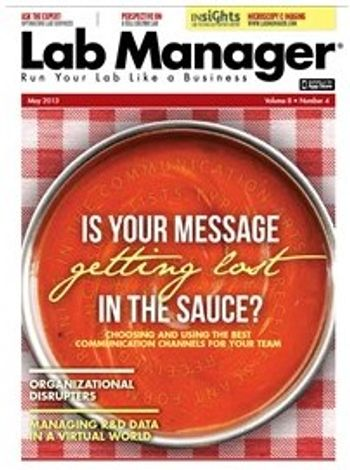
While titration is a basic analytical method, titrators are specialized instruments that perform titrations with minimal operator intervention. They can thus minimize errors, improve throughput, and facilitate documentation. There are two major titrator types: potentiometric acid-based designs and Karl Fischer titrators.
Top 6 Questions You Should Ask When Buying a Titrator
- How precise is the titrant delivery system? Is the titrant delivery system certified for accuracy?
- Can additional titrants be used without having to purge burettes?
- What information is included in the titrator’s display and reports?
- Is the titrator limited to proprietary electrodes? What is the replacement cost for electrodes?
- Is the software field upgradeable?
-
What is the service and repair policy?
- Is on-site support offered?
- If something goes wrong with the meter, can it be fixed locally?
- What is the general turnaround time for repair?
LabManager Magazine Titrator Survey Results
Respondents are using the following titration methods in their labs:
| Automated titration | 57% |
| Manual titration | 43% |
Respondents are using the following types of titrators in their labs:
| Potentiometric | 57% |
| Karl Fischer Coulometric | 49% |
| Karl Fischer Volumetric | 40% |
| Other | 8% |
Survey respondents are currently using the following titrator components:
| Autosampler | 32% |
| Karl Fischer oven | 21% |
| Evaporator | 10% |
| Homogenizer | 6% |
| Other | 16% |
Survey respondents currently inspect their titrators with the following frequency:
| Before every use | 38% |
| Weekly | 16% |
| Monthly | 7% |
| Quarterly | 10% |
| Every six months | 8% |
| Annually | 15% |
| Don’t know | 5% |
Top ten features/factors survey respondents look for when buying a titrator
| Accuracy | 100% |
| Reliability | 95% |
| Low maintenance | 95% |
| Ease of use | 88% |
| Operating cost | 83% |
| Service and support | 80% |
| Price | 76% |
| Warranty | 73% |
| Speed | 68% |
| Data management | 62% |
Readers’ labs have encountered the following problems that affected titrations:
| Misjudging the color of the indicator near the end point | 40% |
| Leaking burette | 40% |
| Using solutions of wrong concentration | 27% |
Article courtesy of Lab Manager Magazine
Visit our Titrator Category on LabWrench.
